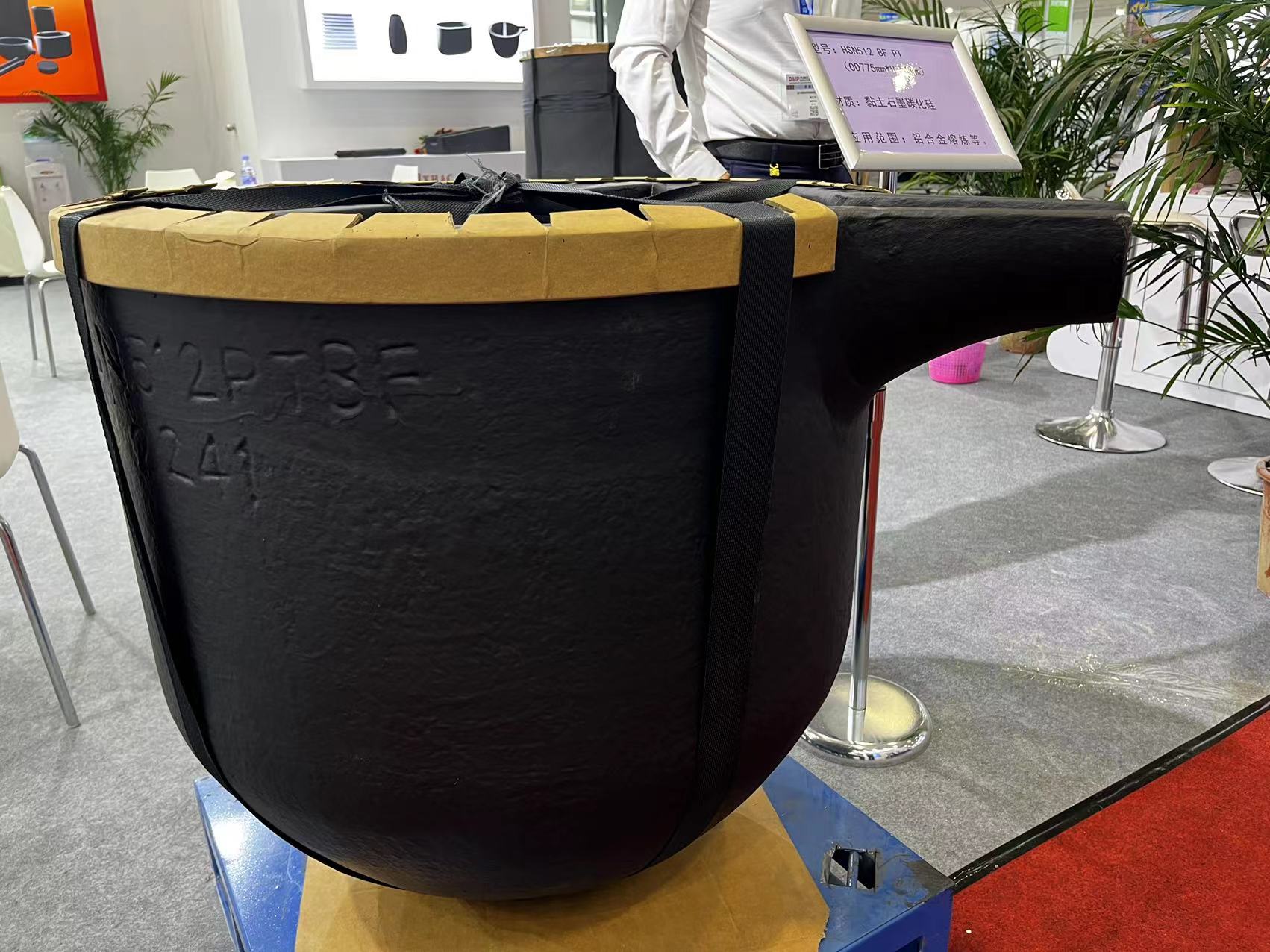
Graphite crucibles are common laboratory tools used to contain samples under high-temperature and high-pressure experimental conditions. In the preparation of graphite crucibles, two primary methods, isostatic pressing and slip casting, exhibit key differences in their preparation processes, performance characteristics, and application fields.
Comparison of Preparation Processes:
Isostatic Pressing for Graphite Crucibles employs advanced isostatic pressing techniques. During the preparation process, graphite particles undergo isostatic pressing under high temperature and pressure, resulting in a uniformly dense and tightly structured graphite crucible. This method ensures the crucible possesses outstanding density and uniformity.
Slip Casting for Graphite Crucibles, on the other hand, involves mixing graphite particles with liquid binders to form a slurry, which is then poured into molds. Through subsequent sintering or other curing methods, complex-shaped and large-sized graphite crucibles are formed. The flexibility of this process makes it suitable for the production of crucibles with specific shapes.
Comparison of Material Characteristics:
Isostatic Pressing for Graphite Crucibles yields crucibles with outstanding performance characteristics. Graphite crucibles prepared through isostatic pressing typically exhibit higher density, superior thermal conductivity, and excellent stability. This makes them well-suited for applications under special conditions such as high temperatures, high pressures, and metal melting.
Slip Casting for Graphite Crucibles, known for its adaptability to complex shapes and large sizes, may, however, have lower density compared to products prepared through isostatic pressing. As a result, these crucibles are generally more suitable for experiments within lower temperature ranges.
Comparison of Application Fields:
Isostatic Pressing for Graphite Crucibles stands out as an ideal choice for experiments under high-temperature and high-pressure conditions, such as metal melting and high-temperature reactions. Their high density, superior thermal conductivity, and stability make them perform exceptionally well under extreme conditions, widely used in experiments requiring high-temperature stability.
Slip Casting for Graphite Crucibles finds its niche in experiments that demand complex shapes or large crucibles. However, relative to products prepared through isostatic pressing, their performance under extreme conditions, such as high temperatures and pressures, may be slightly inferior.
In conclusion, researchers should consider the specific requirements of their experiments, including temperature, pressure, crucible shape, and size, when choosing graphite crucibles. Under certain special conditions, isostatic pressing for graphite crucibles may be more suitable for applications with higher performance requirements. Understanding the advantages and disadvantages of different preparation methods enables researchers to make informed decisions, ensuring optimal results in their experiments.
Post time: Jan-19-2024
